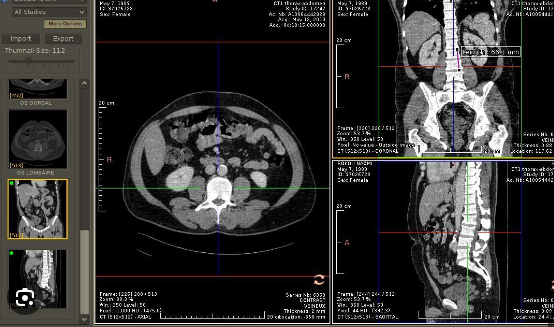Getting copies of medical imaging tests like MRI reader online often leaves patients scratching their heads trying to see the records provided.
The extensive data within Digital Imaging and Communications in Medicine (DICOM) formatted files require special paid DICOM reader programs opening – which doctors conveniently have but average individuals generally lack at home.
Yet examining your imaging makes participating in care easier. So don’t settle for fleeting glimpses only when meeting clinicians.
Use these simple techniques for inspecting MRI DICOM images from any device without expensive viewer software using free online tools.
Request Images on Disc Before Leaving
When scheduling MRI scans through providers, explicitly request copies of actual images be saved onto disc media for your records rather than just textual radiology reports.
This may require signing disc release forms and paying small fees occasionally but yields necessary files playable on any computer.
Physically bringing home DICOM discs gives the fullest flexibility for uploads wherever you choose next, so insert this vital step rather than relying on promised clinical portal access later.
Upload Images to Free Cloud Storage
Once securing MRI DICOM images are either on disc or downloaded from patient portals, uploading everything to free cloud storage lockers enables accessible long-term storage.
Top services like:
- Google Drive
- Microsoft OneDrive
- Dropbox
- Box
Offer at least 15 GB+ free space – ample room for dozens of MRI image files without paying. Drag all disc contents or portal downloads directly to cloud folders. This keeps things shareable anywhere securely.
View Scans via Online DICOM Viewers
Here’s the exciting part viewing scans virtually anywhere without pricey PACS workstation readers using free web-based DICOM viewers.
Several reputable medical imaging platforms offer full-featured viewers usable directly within web browsers that also unpack DICOM data.
Top picks include:
- OHIF Viewer
- MeVisLab WebViewer
- MedDream DICOM Viewer
Each loads cloud-hosted MRI DICOM datasets and then displays multi-dimensional images manipulatable from tablets, phones, and laptops with standard pinching and panning motions allowing non-radiologists to glimpse findings. Share links safely with care teams augmenting discussions.

DICOM Viewing Options by Device
Beyond those HTML5 web viewers working cross-device, individual platforms also hold native options for parsing MRI records downloaded locally:
- Windows PCs: Use RadiAnt DICOM Viewer, a free application installed directly onto machines opening datasets similar to hospital PACS. Zoom, measure across multiplanar views.
- Macs: Download the Horos DICOM project free and open-source, enabling deep analysis tagging findings. Advanced toolset rivals expensive options.
- iPads/iPhones: Snag analytics AR DICOM Viewer on iOS which renders holographic-like interaction adjusting opacity, frequencies, and measurements in 3D space.
- Android: DICOM Viewer Plus or MDicom apps offer smooth cross-sectional viewing, annotation, and cloud uploads saving locally.
With these techniques, get more from images than referring physicians share without costly software through utilizing free cloud storage and capable web DICOM viewers universally accessible. Discuss findings more collaboratively with this self-empowerment.









